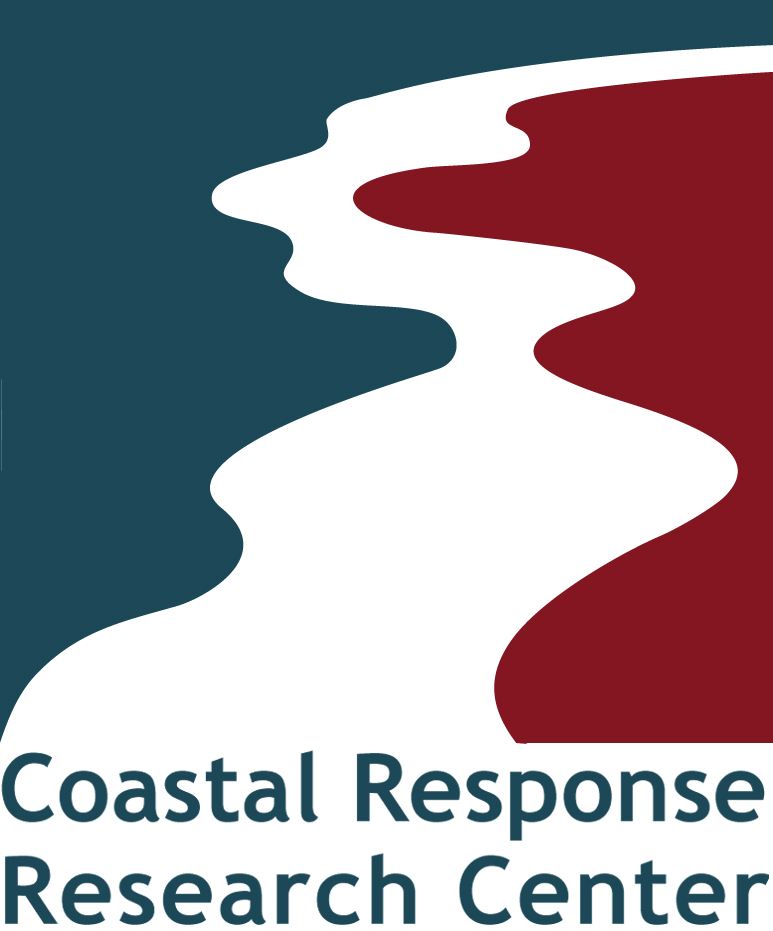Abstract
Characterization of the degree and extent of surface oil during and after an oil spill is a critical part of emergency response and Natural Resource Damage Assessment (NRDA) activities. More specifically, understanding floating oil thickness in real-time can guide response efforts by directing limited assets to priority cleanup areas; aid in ‘volume released’ estimates; enhance fate, transport and effects modeling capabilities; and support natural resource injury determinations. An international workshop brought researchers from agencies, academia and industry who were advancing in situ and remote oil characterization tools and methods together with stake holders and end users who rely on information about floating oil thickness for mission critical assignments (e.g., regulatory, assessment, cleanup, research). In total, over a dozen researchers presented and discussed their findings from tests using various different sensors and sensor platforms. The workshop resulted in discussions and recommendations for better ways to leverage limited resources and opportunities for advancing research and developing tools and methods for oil spill thickness measurements and estimates that could be applied during spill responses. One of the primary research gaps identified by the workshop participants was the need for side-by-side testing and validation of these different methods, to better understand their respective strengths, weaknesses and technical readiness levels, so that responders would be better able to make decisions about what methods are appropriate to use under what conditions, and to answer the various questions associated with response actions. Approach: 1) Convene a more in-depth multi day researcher workshop to discuss and develop specific workplan to conduct side-by-side validation and verification experiments for testing oil thickness measurements. 2) Conduct the validation and verification experiments in controlled environments: the Coastal Response Research Center (CRRC) highbay at the University of New Hampshire (UNH); and the Ohmsett National Oil Spill Response Research & Renewable Energy Test Facility.
Publication Date
1-2023
Document Type
Report
Recommended Citation
CRRC, NOAA, MPRI, and BSEE, "Comparing Recent Advances in Estimating and Measuring Oil Slick Thickness: An MPRI Technical Report" (2023). Coastal Response Research Center. 33.
https://scholars.unh.edu/crrc/33

